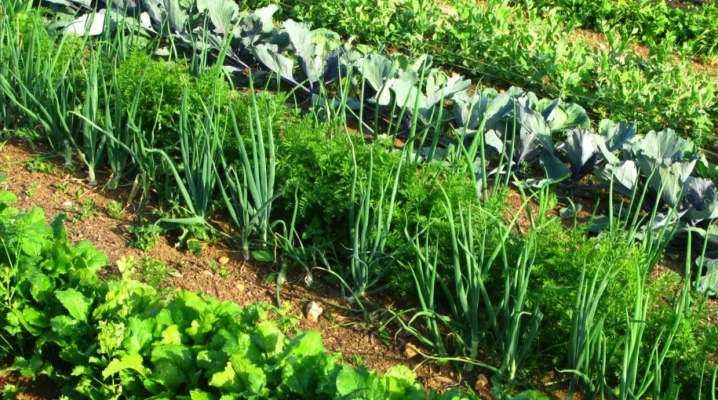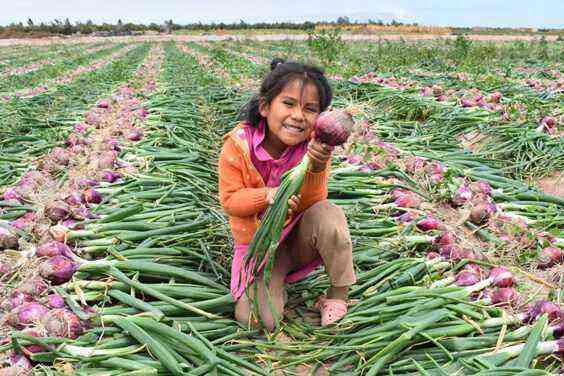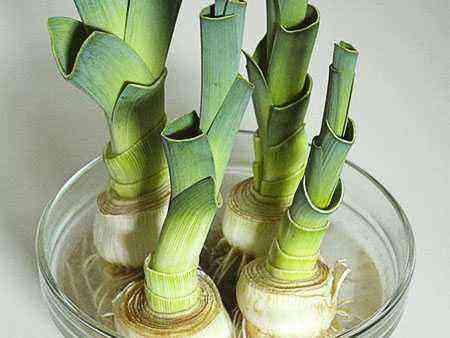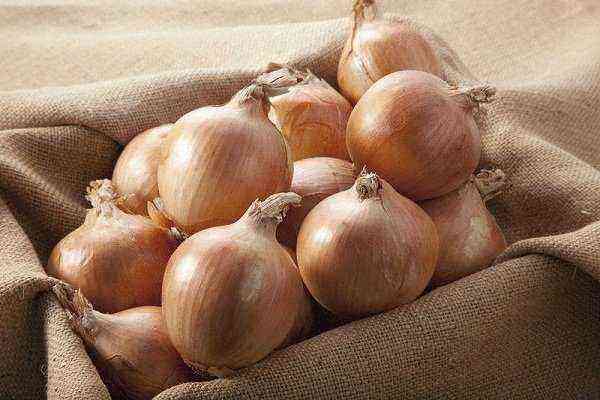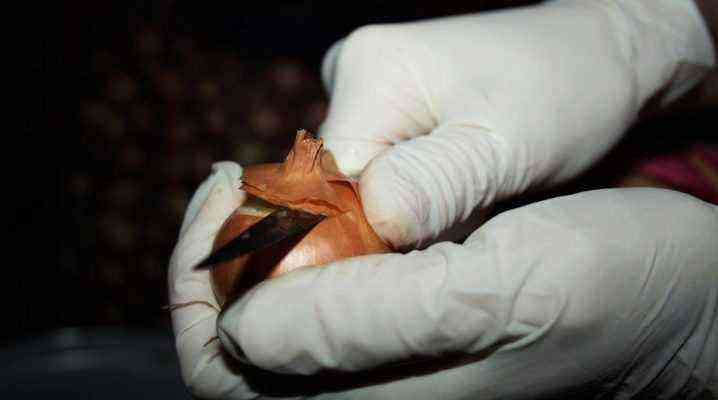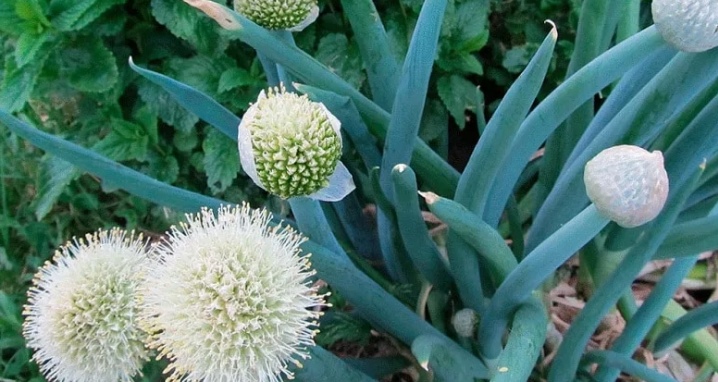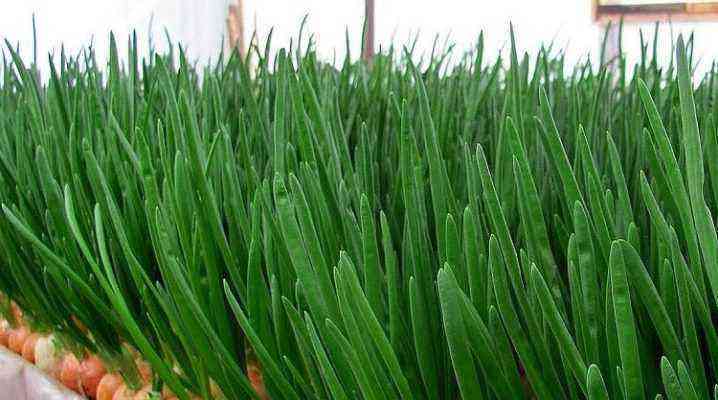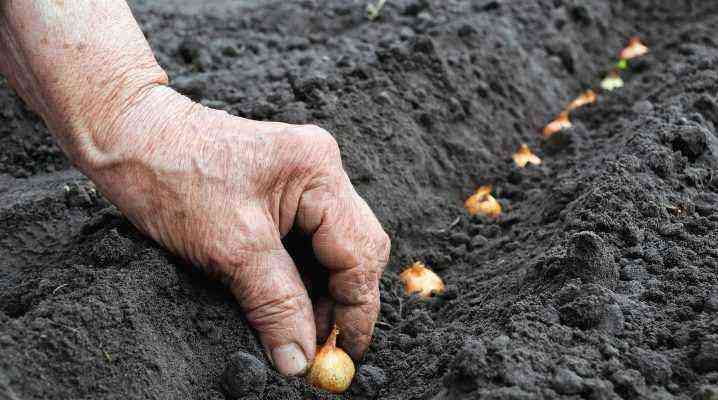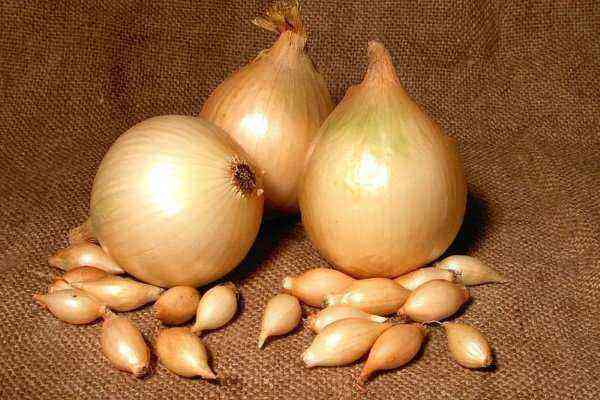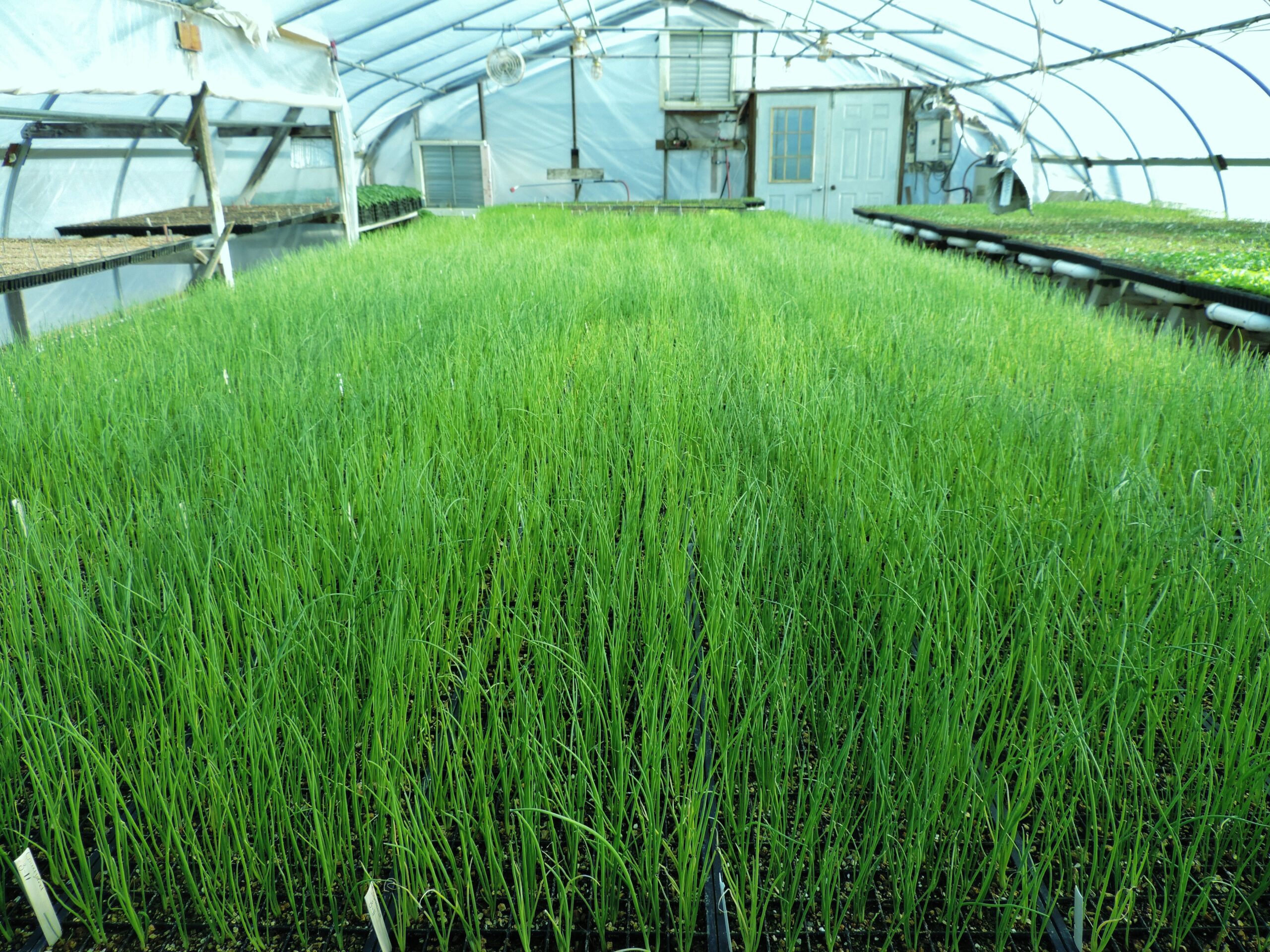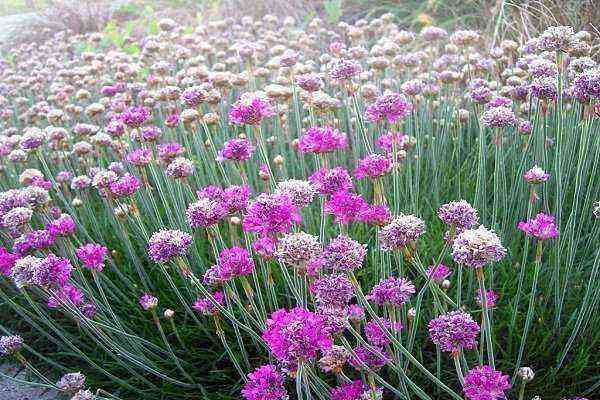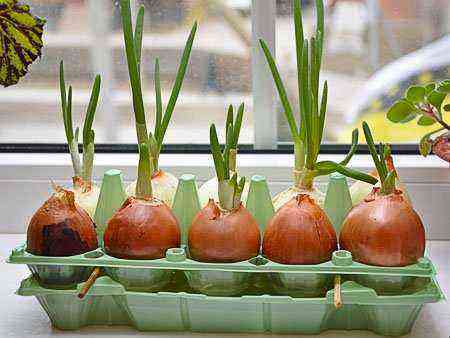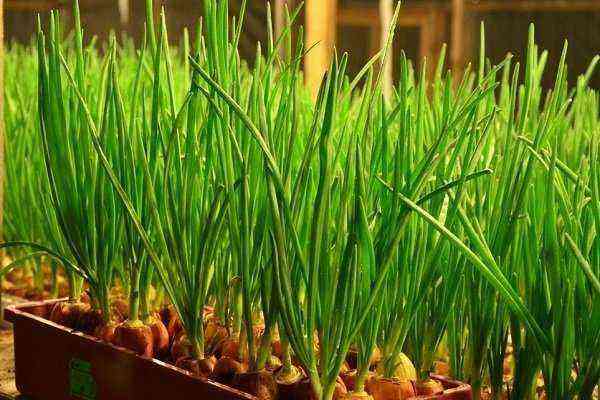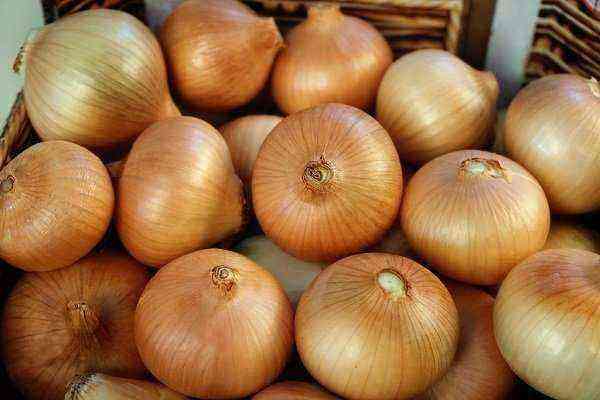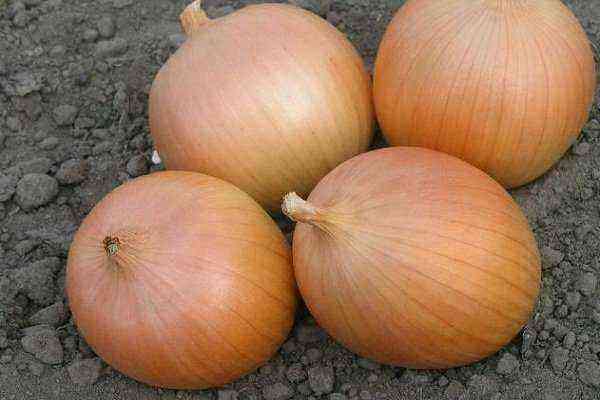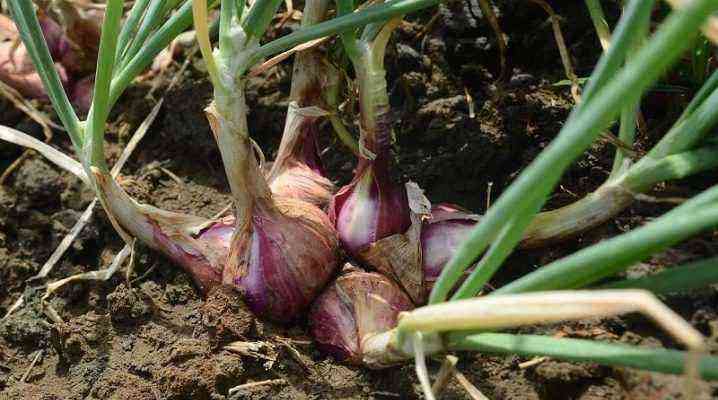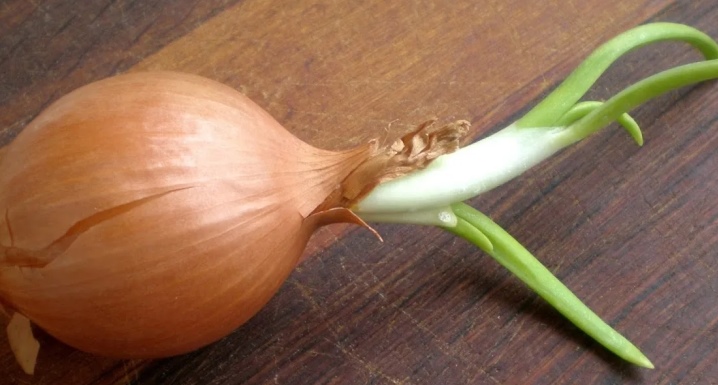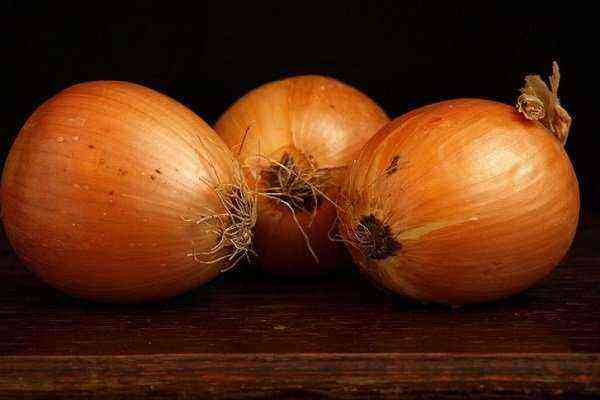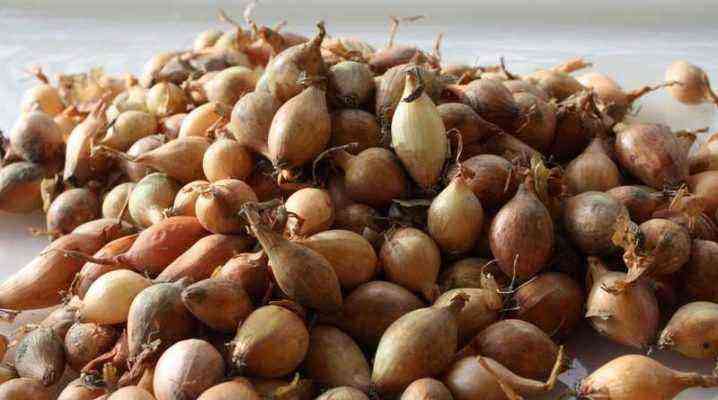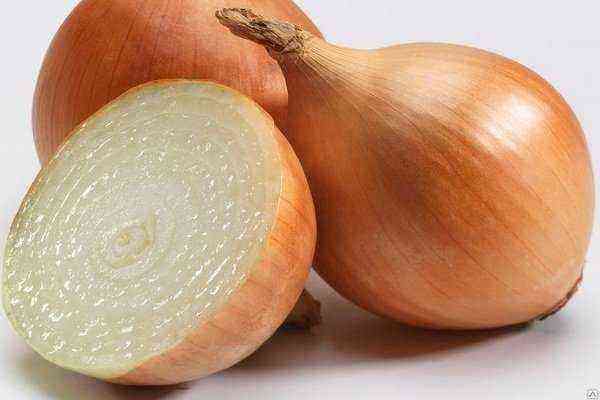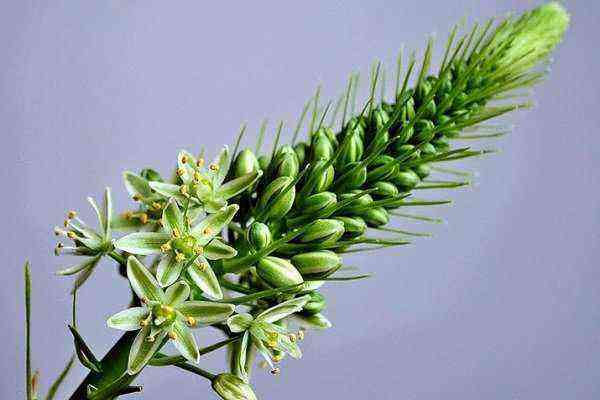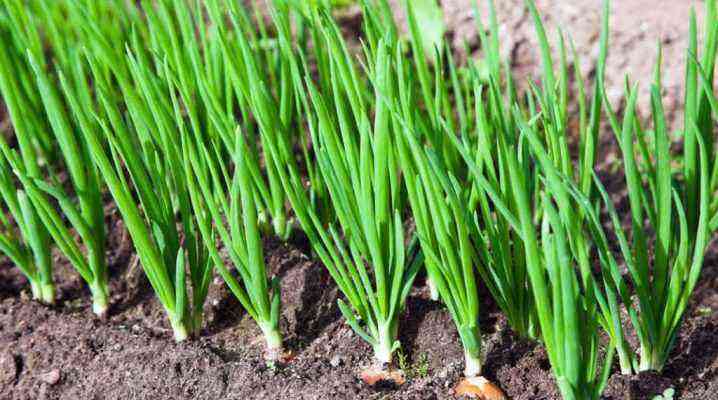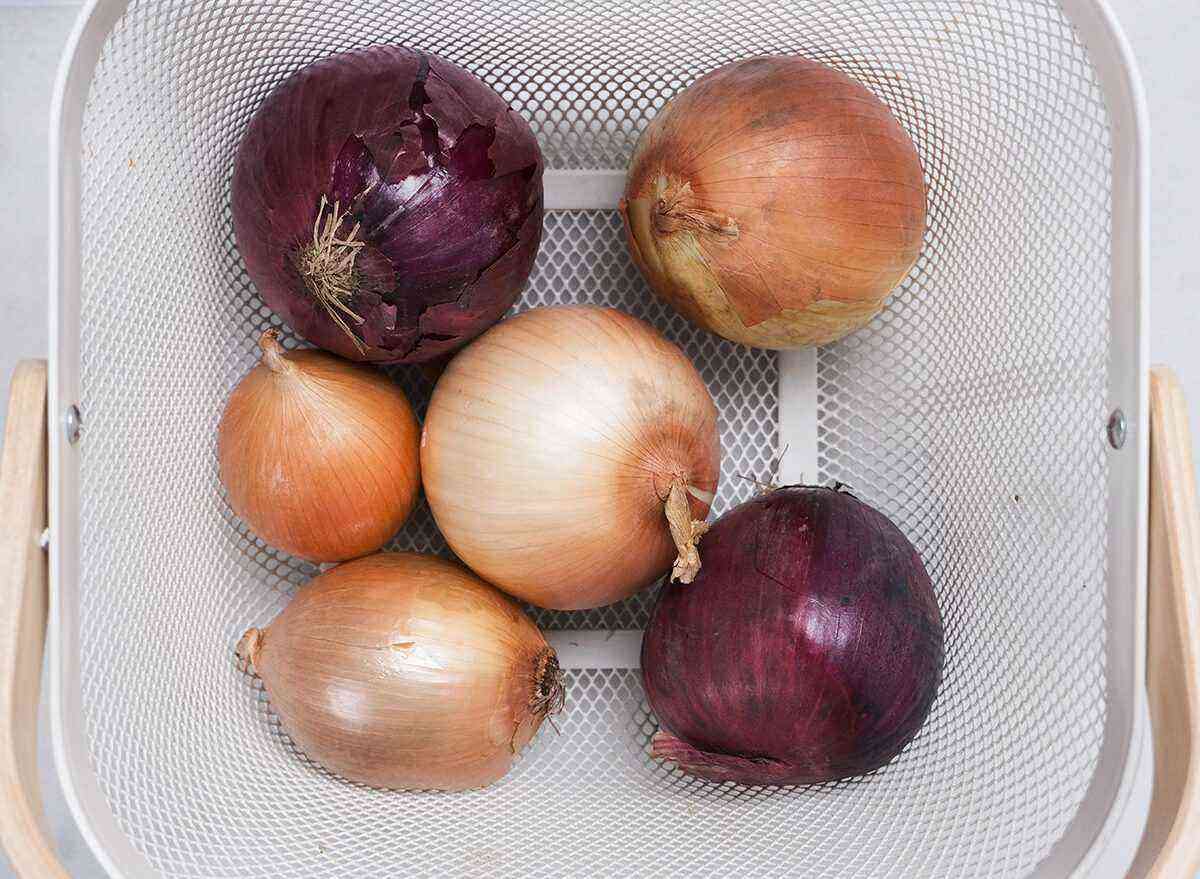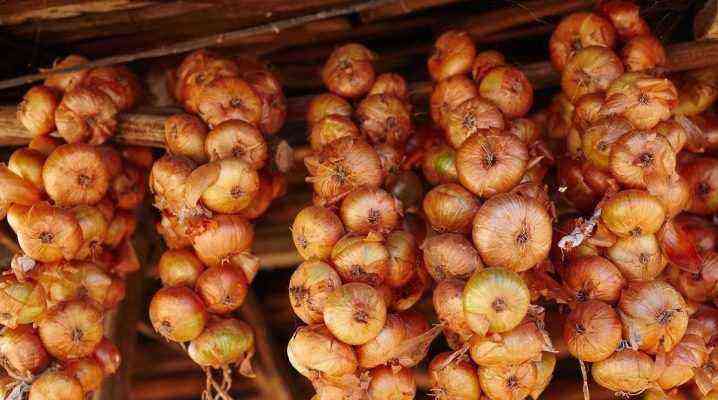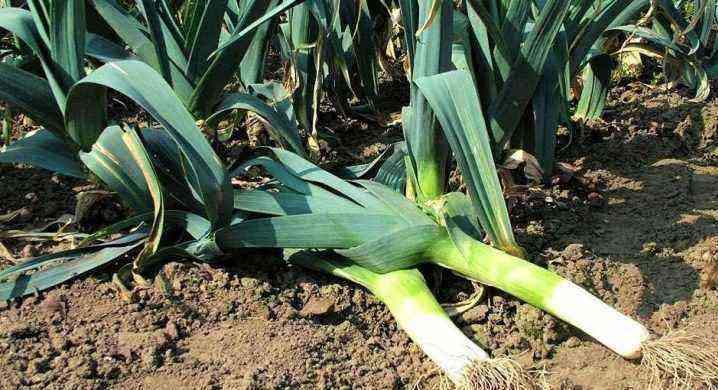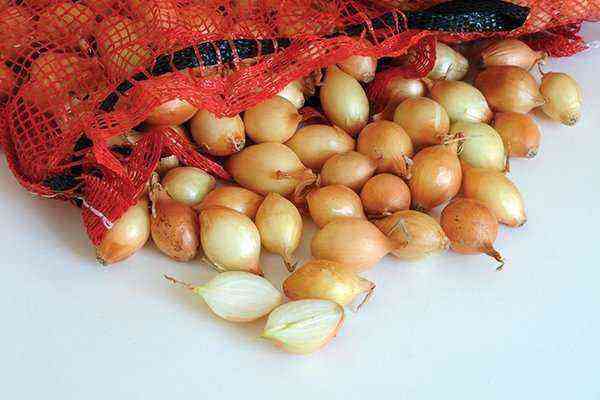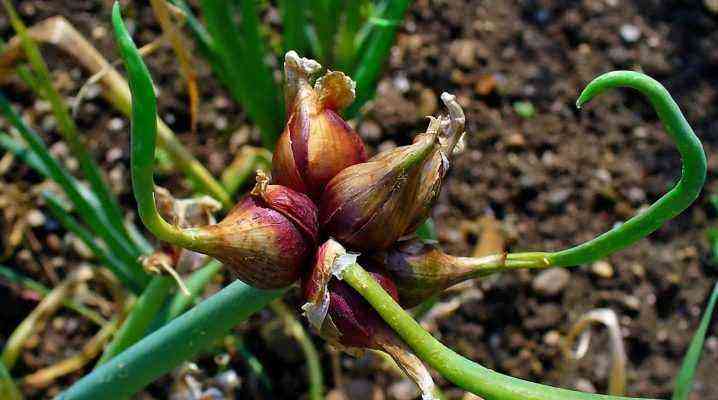cultivation of onions
Onions are the second largest staple vegetable in the world in terms of production. Latin American production accounts for 9% of world production, with the most important countries being Mexico, Brazil, Argentina, Colombia, and Chile.
In Argentina, about 20 hectares are cultivated annually, which is 000 tons of products. This area includes short, medium and long day onions, as well as onions intended for fresh consumption and industry. Both the cultivated area and the yield show an upward trend, driven by increased exports.
Onions, together with garlic, make up the bulk of Argentina’s fresh vegetable exports. The outlook for the industry is promising. But to continue to succeed in increasingly competitive markets, quality and productivity must be improved.
Onion production and market in Argentina
Argentina has comparative advantages for onion production such as different photoperiod regimes allowing early (short day) and late (long day) material to be grown; have a tradition of growing this species, have developed their own technology adapted to local conditions and produce products in the off-season, which allows them to be exported to the markets of the northern hemisphere.
Surface, production and production areas
In Argentina, during the 1993-94 campaign, 22 ha were processed, amounting to 541 tons of produce. This area includes short, medium and long day onions, as well as onions intended for fresh consumption and industry.
The sown area and yields show an upward trend due to the increase in exports.
Onions and garlic are the main fresh vegetable exports from Argentina.
Main production areas
North zone:
- Includes the provinces of Santiago del Estero, Catamarca, Salta and Cordoba.
- The cultivated area fluctuates from year to year, but an average of 3000 ha can be estimated.
- Mostly short-day varieties of the Valencianita type are grown, which are harvested from late August to November. The products are intended for the domestic market.
Western zone:
- It includes the provinces of Mendoza and San Juan.
- About 3600 hectares of onions are grown in Mendoza. The main production units are Maipu, Lavalle and Luján. Over 90% of the area is planted with Valcatorce INTA, Torrentina and Valencianita in the north of the province, and Southport White Globe to supply the dewatering industry.
- About 3400 hectares of onions are planted in San Juan, the most important department is Hahal (with 38% of production). Valenciana, Valencianita, and Torrentina are grown in this province.
- Most of the products are intended for the domestic market, going to the main markets of the country. Exports also take place, especially to Brazil, Paraguay and Uruguay.
- An important activity for the region is the production of seeds with an output of 65 kg per year.
- Argentina is almost completely self-sufficient in onion seeds. Only 8% is imported and small amounts of Valcatorce seeds are exported to neighboring countries, especially Chile and Uruguay.
South zone:
- It includes the south of the province of Buenos Aires, mainly the cities of Pedro Luro, Major Buratović and Hilario Ascasubi, as well as the recently added neighboring parts to Balcarsa. The Upper Valley, Middle and Lower Valleys of the Rio Negro are also part of this area.
- In the south of Bs.As. and about 12 ha of onions are planted in the Middle and Lower Rio Negro valleys, and 000 ha in the Upper Valley. Almost all of this belongs to cv. Valcators INTA.
- The products are intended for fresh consumption. Most of it is sold in both domestic and foreign markets, especially in Europe and Brazil.
World production:
Onion cultivation is widespread and global production is on an upward trend.
This growth is most noticeable in the US, some countries in Asia and South America. The same is not happening in Europe, where production remains constant.
It follows from the analysis of the data that there are different degrees of manufacturability between countries. For example, yield per hectare. in the United States it surpasses Argentina, and in some regions of Australia the average yield exceeds 50 kg per hectare.
foreign market
In recent years, the international trade in onions has grown significantly.
Imports increased by 16%, mainly to Europe, Asia and North America.
In Asia, such countries as Malaysia, Japan and Saudi Arabia stand out, and in Europe England, Germany and France.
Egypt, USA, Mexico, Chile, Argentina. India, Holland, Spain, Poland, Australia and New Zealand are the main exporting countries.
Of these, our country’s competitors in the foreign market are countries located in the southern hemisphere.
The main destinations for Argentinean exports are Brazil, Uruguay, Germany, Holland, England and, to a lesser extent, Italy and France. Almost all exported onions correspond to the variety. valcatorce INTA.
Export volumes are difficult to determine, especially to neighboring countries, given that most shipments are not registered at the border. According to some estimates, exports can reach 50 thousand tons. At an average price of $0,15 per kg, they will total about $7.
European common market
In Europe, the main importer is Germany with 360 tons per year and domestic production, which provides only 000% of the needs. It is followed by the UK with 12,5 tons and then France with 200 tons.
In 1986, the export of onions in our country became more active, and small-scale deliveries were carried out (about 10 bags).
Since 1989, activity has increased significantly and over 1 000 kg bags are currently exported.
The main shipping ports for onions destined for European markets are San Antonio Oeste, Bahia Blanca and Buenos Aires.
The optimal period for the delivery of onions to Europe is from late December to early April. Subsequently, the production of Babos-type onions from the south of Spain begins to arrive.
Prices between 0,2 and 0,8 US dollars per kg are attainable, but fluctuate depending on the year and season. The best achievements are achieved in the UK and Germany.
In general, there is no difference between the prices of Argentinean, Chilean, Australian or New Zealand onions in the European market. It should be noted that these prices during the indicated period of export are higher than those of the Dutch onion (canned in special designs), with which the Argentine onion competes in quality.
It is important to note the increased participation in this market of onions from Australia and New Zealand. In addition, the production of Eastern European countries such as Poland is increasing.
Competition is on the rise and more infrastructure is needed when exporting.
Consideration must be given to the degree of organization of manufacturers in competing countries and the form in which the product is presented.
There are opportunities to increase supply in terms of the type of onion offered, being able to export white and red onions, which, although consumed in smaller quantities, reach good prices.
US common market
Onion production in the United States is widespread, with the most important states being: Oregon, Washington, New York, Colorado, California, Idaho, and Michigan for long and medium day onions; Texas and New Mexico for short day onions.
The main direction of production is the fresh market. However, about 25% goes to industrial production, either as a frozen, canned or dehydrated product, or for the production of onion rings.
Onion consumption in the United States has increased as a result of consumer awareness of the medicinal properties of the species.
This concept is very important in the food market today.
When it comes to import volumes, the United States, like most trading countries, fluctuates a lot. Mexico is the main exporter of onions to the United States despite producing them at the same time. Then Chile and New Zealand stand out, the latter reaching the best prices.
Although Argentine onions were exported, this activity was sporadic and in small quantities.
There are opportunities to export sweet onions to the US and Canada. The problem is that the US offers tariff difficulties and has preferential agreements with Central American countries. Despite this, Uruguay and Chile carried out some operations.
brazilian market
Onion production in Brazil has fluctuated from 639 tons to 182 tons over the past decade and is showing an upward trend. The states with the largest increases, either due to increased surface area or increased productivity, are Santa Catarina, Bahia, and São Paulo.
It is produced throughout the country, but production is concentrated in three regions: south 50%, southeast 33% and northeast 15%.
In the southern region, harvesting takes place between September and December, and production can continue until May.
The production of the southeastern region is located entirely in the state of São Paulo. They have three harvest seasons: September to March, April and July to September. Cultivated varieties with a short day, low preservation and coloring of clear cataphylls.
Production from the northeast is located in the San Francisco Valley, in the states of Pernambuco and Bahia, and is intended for fresh consumption from April to December, concentrating on the period from June to September.
Despite a year-round supply, varietal characteristics and inclement weather mean Brazil routinely imports onions.
From September to February, production exceeds demand. From there until September is the most favorable period for sending Argentine onions to the Brazilian market.
According to the MERCOSUR treaties, there should be no tariffs on Argentine onions imported into Brazil.
If economic integration is strengthened, the opportunities will be excellent, especially for Cuyo onions, as this country has a tradition of exporting products such as garlic and olives, the distribution channels of which are well known.
Other markets
Uruguay is a traditional buyer of Argentine onions. About 1000 tons per year are exported to this country.
Malaysia, Saudi Arabia and Japan are potential markets as their production is not sufficient to meet their needs. However, competition from Oceanian exporters must be considered as they dominate the market due to their proximity.
Onion export prospects
Although demand has increased in recent years, international trade is subject to significant fluctuations in both volume and perceived prices.
To raise the price or stimulate demand, the product must be more differentiated.
It is important to insist on its importance as a food or look for varieties that generate new consumption habits.
Brazil appears to be the most attractive market for our products, despite the fact that it is unstable both in terms of volumes required and prices received, all the more so if integration into MERCOSUR continues.
The European market, despite being highly competitive, is an alternative, especially for the production area south of Buenos Aires, due to its proximity to ports and packaging structure.
The United States and Canadian market may be of interest to the extent that exports are made through Pacific ports.
While Asian markets are starving for onions, they are supplied by Australia and New Zealand, which are hard to compete with.
Domestic market
The domestic market is fully provided with domestic products. Almost 80% of it is consumed fresh. The most important squares are Buenos Aires, Rosario and Córdoba.
Between February and August, the Valencian-type onion, produced in the south of Bsh.A., enters the market. and Kuyana area.
Between September and December, it is supplied by Valencianita from Santiago del Estero and San Juan.
In December and January, Torrentina, produced in the Cuyo region, enters the market.
Trade in white and red onions, the seeds of which are imported, is limited.
Green onion production takes place in the horticultural belts of major cities, especially in Buenos Aires and Rosario.
Success will depend on increasing the purchasing power of consumers.
production limits
Phytosanitary problems, although important in some cases, can be solved by proper crop care, harvesting and storage conditions, and the use of a good crop rotation system.
Among the most common problems are diseases such as smut, fusarium, gray mold and pink root; and pests such as thrips.
Although varieties adapted to the requirements of the production possibilities of the various regions of the country have already been obtained, it is now necessary to obtain varieties that meet the quality and keeping characteristics of the cvValcatorce INTA variety, but with a shorter cycle, in order to supply the European market in January and February.
On the other hand, improvement to increase the soluble solids content of dewatering grades is also necessary to improve industrial yield and hence the competitiveness of the industry.
It would be necessary to have sweet onions, white and red, to expand the supply in the USA.
Labor is in short supply and this is increasingly affecting cultivation costs, especially at harvest time. Therefore, it is necessary to increase the mechanization of cultivation.
Conclusions:
The outlook for the Argentinean onion sector is encouraging. However, there is a need for collaborative work between growers, exporters and research organizations to effectively counter an onion market that appears to be highly competitive both externally and internally.
Among other things, efforts must be made to increase yields, reduce costs, diversify onion supplies and conquer new markets.
